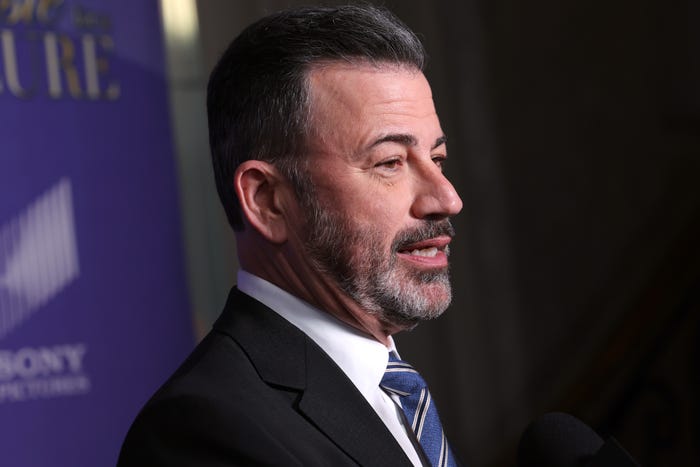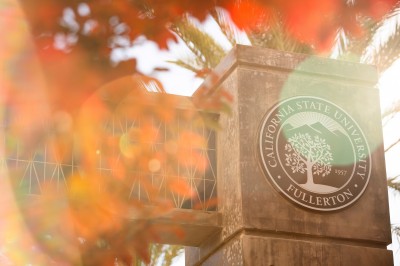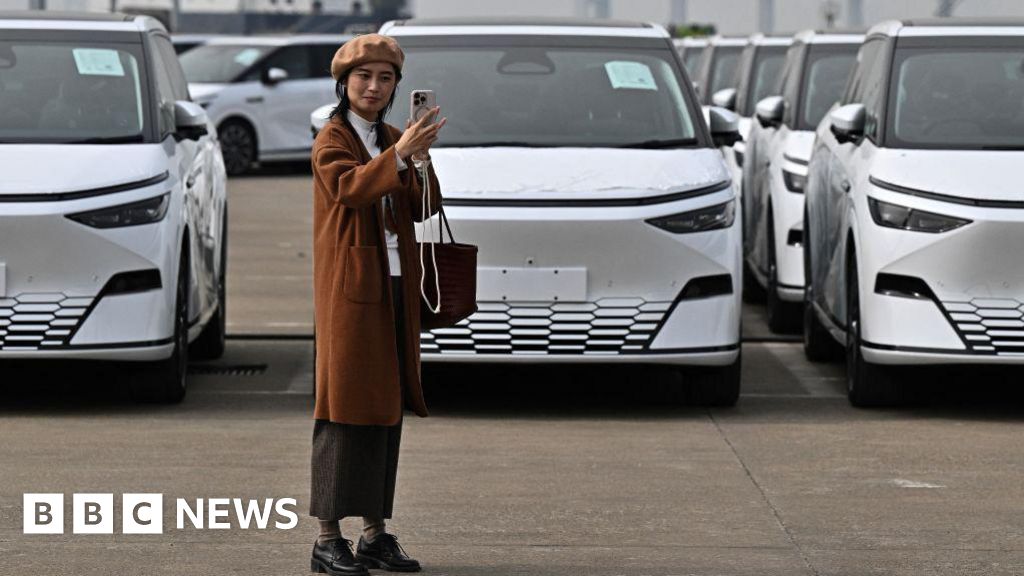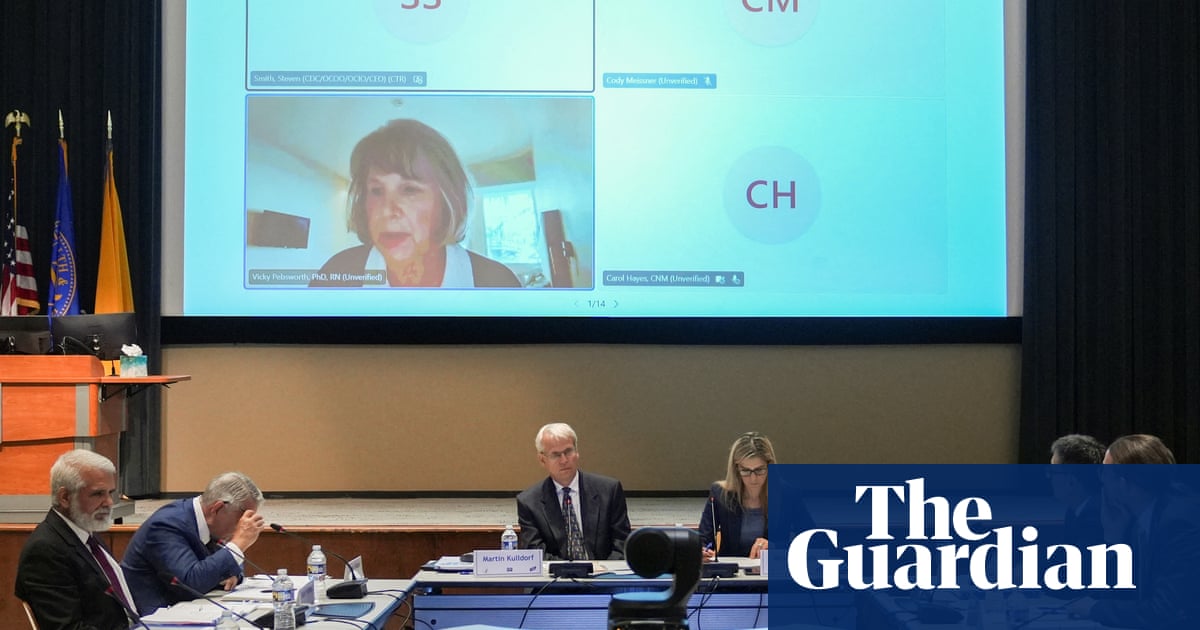Dalai Lama’s Reincarnation Battle: A Spiritual and Political Showdown with China
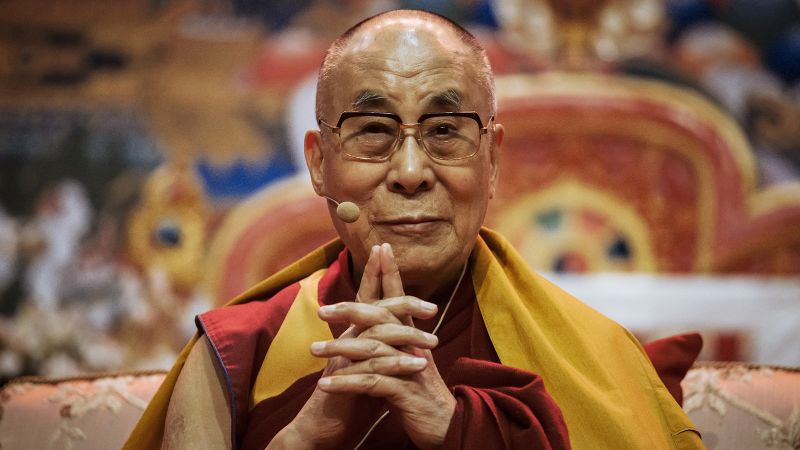
As the Dalai Lama approaches his 90th birthday this Sunday, the revered spiritual leader is preparing for a final confrontation with Beijing over the control of his reincarnation. This pivotal moment not only affects Tibetan Buddhism but also has significant geopolitical implications for the Himalayan region.
On Wednesday, the Dalai Lama announced his intention to have a successor after his death, asserting that his office will hold the exclusive authority to identify his reincarnation. “I am affirming that the institution of the Dalai Lama will continue,” he declared in a video message to religious elders in Dharamshala, India, where he has lived in exile since 1959.
The Spiritual and Political Significance of Reincarnation
The cycle of rebirth is central to Tibetan Buddhist belief. Unlike ordinary beings, a revered spiritual master like the Dalai Lama is believed to choose the place and time of his rebirth, guided by compassion and prayer. However, the reincarnation of the Dalai Lama has become a historic battleground for the future of Tibet.
“He has been such a magnet, uniting all of us,” said Thupten Jinpa, the Dalai Lama’s longtime translator. In his recent memoir, “Voice for the Voiceless,” the Dalai Lama insists that his successor will be born outside China, urging Tibetans to reject any candidate selected by Beijing.
China’s Claim and the Dalai Lama’s Response
China’s Communist Party claims it holds the authority to approve the next Dalai Lama, branding the current Dalai Lama a “separatist.” The Dalai Lama, however, advocates for genuine autonomy for Tibet, a “middle way” approach that has garnered international support and a Nobel Peace Prize.
To Tibetans, the Dalai Lama is more than a spiritual leader; he is a symbol of their cultural identity. “Despite all these years of banning his photos, in every Tibetan heart there is an image of the Dalai Lama,” Jinpa noted.
The Historical Context of Tibet’s Struggle
The 14th Dalai Lama, Tenzin Gyatso, was only 15 when Chinese troops entered Tibet in 1950. The Communist Party claims it “liberated” Tibet, but many Tibetans view it as an invasion. The resistance culminated in an uprising in 1959, leading to the Dalai Lama’s escape to India.
Since then, the Dalai Lama has represented Tibet on the world stage. “He’s almost become an abstract ideal of a whole nation,” said Ruth Gamble, an expert in Tibetan history.
Beijing’s Strategy and the Future of Tibetan Leadership
Beijing has attempted to discredit the Dalai Lama and erase his influence from Tibetan life. It has cultivated Tibetan lamas loyal to its rule, including the Panchen Lama, who traditionally plays a role in identifying the Dalai Lama’s reincarnation.
In 1995, Beijing installed its own Panchen Lama, disregarding the Dalai Lama’s choice. Experts believe China will employ a similar strategy with the Dalai Lama’s succession, potentially leading to two rival Dalai Lamas.
“It’s tragic,” Jinpa remarked, referring to Beijing’s likely attempt to appoint its own Dalai Lama. “I just feel sorry for the family whose child is going to be seized.”
Preparing for a Future Without the Dalai Lama
Aware of his mortality, the Dalai Lama has been preparing Tibetans for a future without him by strengthening the institutions of the Tibetan movement. In 2011, he devolved his political power to the democratically elected head of the Tibetan government-in-exile.
“He has specifically said: ‘You cannot just rely on me as an individual… I’m mortal,’” said Lobsang Sangay, former prime minister of the Tibetan government-in-exile.
Under Xi Jinping, Beijing has intensified efforts to assimilate ethnic minorities and align religion with Communist Party values. The Dalai Lama’s global influence appears to be waning, but some Tibetans remain hopeful.
“If we can get our act together and the Dalai Lama institution continues, the power of the symbol will be maintained,” Jinpa concluded.

